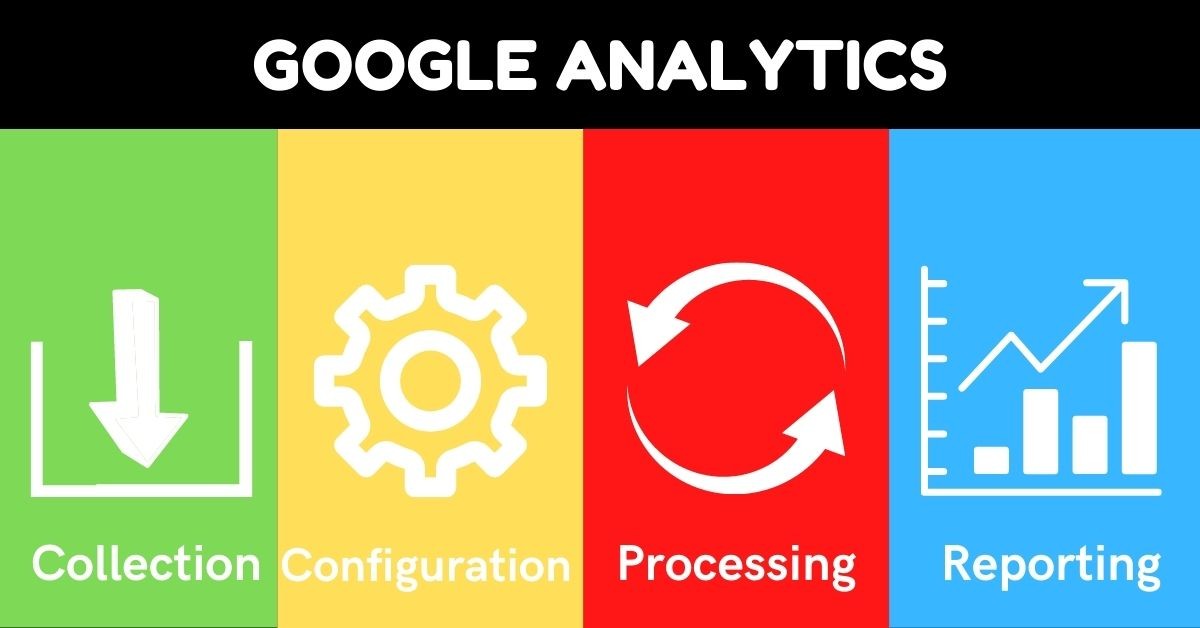Master Website Insights With Accurate Google Analytics Monitoring Code
The effective usage of Google Analytics pivots on the accurate application of its tracking code, a fundamental action commonly forgotten by site proprietors. What are the usual challenges that could weaken your monitoring initiatives, and exactly how can you make certain accuracy in your method?
Understanding Google Analytics Fundamentals
Google Analytics is an important device for site proprietors and online marketers, giving indispensable insights right into user habits and internet site performance. At its core, Google Analytics gathers information concerning visitors to a web site, permitting users to assess metrics such as website traffic sources, individual involvement, and conversion rates. Comprehending these principles is crucial for enhancing an internet site's effectiveness and enhancing individual experience.
The system uses cookies to track interactions, videotaping data such as page sights, session durations, and bounce prices. This info is accumulated and presented through adjustable dashboards, allowing customers to picture fads over time. Key performance indicators (KPIs) can be kept an eye on, such as the overall variety of individuals, brand-new versus returning site visitors, and the geographic distribution of the audience.
Moreover, Google Analytics provides segmentation features, allowing users to separate details website traffic resources or individual demographics for more targeted analysis. By mastering these foundational components, internet site proprietors can make educated decisions about content strategy, marketing campaigns, and general site renovations. Inevitably, recognizing Google Analytics fundamentals is necessary for leveraging data to drive growth and achieve organization purposes successfully.
Establishing Your Tracking Code

Replicate the offered tracking code and paste it right into the HTML of your site. This ensures that the monitoring code lots before any various other material, allowing it to record data properly.
After setup, verify that the monitoring code is working correctly by making use of Google Tag Assistant or the Real-Time records in Google Analytics - when does the google analytics tracking code send an event hit to analytics?. This step is vital to validate that your data collection is exact and active, establishing the foundation for informative analysis
Typical Tracking Code Issues
Many site proprietors run into typical issues with their Google Analytics tracking code that can impede information collection and analysis. One widespread issue is inappropriate installation. This might take place when the tracking code is positioned in the wrong section of the internet site's HTML, often bring about missing or insufficient information. Furthermore, having numerous circumstances of the tracking code on a single web page can cause inflated metrics, as individual communications might be counted a lot more than as soon as.
Another issue occurs from using advertisement blockers, which can protect against the tracking code from performing entirely, therefore skewing data. when does the google analytics tracking code send an event hit to analytics?. Furthermore, failure to configure filters correctly can result in the exclusion of necessary website traffic resources or the incorporation of undesirable reference spam, misshaping the information accumulated
Internet site proprietors might likewise overlook the relevance of tracking code updates, specifically when moving to Google Analytics 4 (GA4) from Universal Analytics. Last but not least, insufficient testing before releasing adjustments can cause unseen mistakes in the monitoring code, additionally complicating data reliability. Addressing these usual concerns is critical for making certain exact tracking and insightful analytics.
Studying Web Site Data Effectively
Accurate information collection is only the initial step in leveraging Google Analytics; the genuine value depends on properly assessing that data to drive informed decision-making. To attain this, it is important to determine essential efficiency signs (KPIs) that align with your organization goals. Concentrate on metrics such as conversion prices, individual engagement, and website traffic sources, as these will certainly offer understandings right into user actions and the overall performance of your web site.
Utilizing Google Analytics' division features more information permits a deeper understanding of your target market. By breaking down data right into specific demographics, habits, and website traffic networks, you can uncover patterns and patterns that inform targeted techniques. Carrying out custom records and dashboards can simplify this procedure, enabling quick access to important data.
In addition, frequently assessing information patterns over time assists to recognize anomalies and possibilities for improvement. Use visualization devices to present data in a quickly absorbable layout, assisting in more efficient interaction with stakeholders. Inevitably, the ability to evaluate web site information effectively empowers companies to make calculated choices that boost customer experience, optimize marketing efforts, and drive growth.

Finest Practices for Accurate Tracking
Applying efficient tracking techniques is important for obtaining reliable information in Google Analytics. To guarantee exact tracking, start by correctly mounting the Google Analytics tracking code on every page of your website. This can be accomplished through a tag supervisor or by directly embedding the code right into the HTML.
Next, configure your Google Analytics account to leave out internal traffic. This can be done by establishing filters that recognize and eliminate sees from your organization's IP address, thus stopping manipulated data. Furthermore, use occasion monitoring to monitor particular individual communications, such as downloads or video plays, which conventional web page sights may neglect.
Consistently audit your monitoring arrangement to validate that all features, such as goals and ecommerce monitoring, are operating properly. Establish a constant naming convention for your occasions and projects to facilitate easier reporting and analysis.
Lastly, consider leveraging UTM parameters for projects to get understandings right into the efficiency of click to read different advertising efforts. By complying with these best practices, you can enhance the accuracy of your information collection and evaluation, inevitably bring about even more educated decision-making for your web site.
Conclusion
Accurate execution of the Google Analytics tracking code is vital for understanding web site understandings. By guaranteeing the tracking code is appropriately positioned and regularly examined, web site owners can capture vital customer communication data, therefore promoting the recognition of essential performance indications. Efficient analysis of this information, integrated with adherence to best techniques, allows informed decision-making and the optimization link of on-line methods. Eventually, a durable monitoring framework boosts the ability to drive engagement and enhance overall internet site performance.
Inadequate screening prior to introducing modifications can result in unnoticed mistakes in the tracking code, additionally complicating data reliability.Applying efficient tracking practices is essential for acquiring reliable data in Google Analytics. By making sure the monitoring code is properly positioned and routinely examined, internet site owners can capture essential individual communication data, thus promoting the recognition of vital performance indicators.